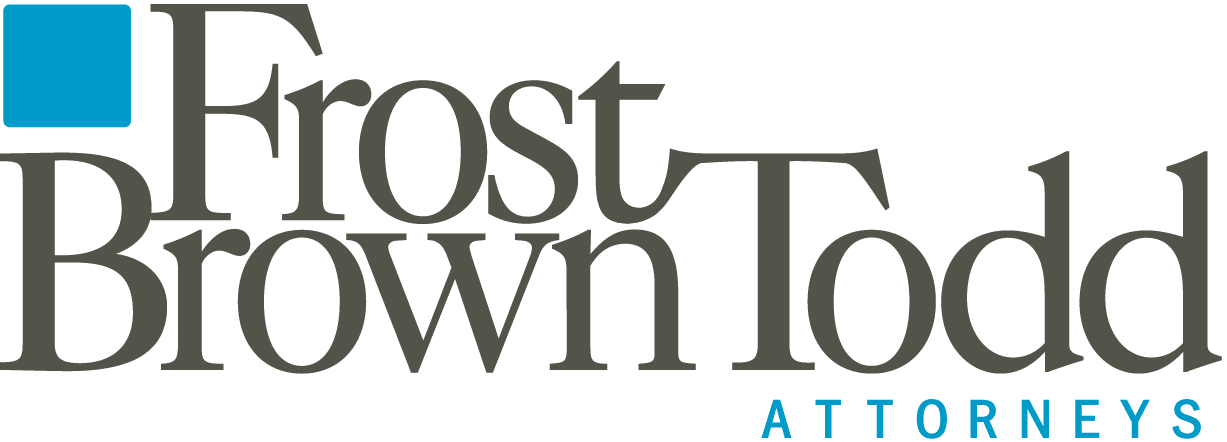Beware of Mixing Section 1202’s Version of Oil and Water – S Corporations and QSBS
Our Section 1202 tax articles and blog posts usually take an in-depth dive into the workings of QSBS planning issues. Today we are going to switch gears and focus instead on a couple of cautionary tales of lost tax savings opportunities.
This article is one of a series of blog posts addressing planning issues relating to qualified small business stock (QSBS) and the workings of Sections 1202 and 1045 of the Code.
The First Cautionary Tale
This story involves several friends who start up a successful software app business. Their original tax advisor recommends that they operate the business through an S corporation (children might ask, “why did the old lady swallow the fly? I don’t know why – maybe she’ll die”). A few years later, the business is converted to a C corporation during a financing round. After several more financing rounds and years of successful growth, the stockholders negotiate a $120 million exit. Each of the three founders are slated to receive $14 million in return for a $5,000 initial investment and years of hard work. A good result, particularly if the sales proceeds aren’t subject to federal and state income taxes. Unfortunately, deal attorneys advise the founders that while their preferred stock investors qualify for Section 1202’s gain exclusion, the founders’ stock is ineligible because it was issued by an S corporation. We confirmed that the deal attorneys’ advice was correct – stock issued by an S corporation cannot be QSBS. The lost federal, state and local tax savings exceeded $10 million dollars.
The three founders missed out on the Section 1202 gain exclusion because of a simple planning mistake An S corporation cannot issue QSBS. Stated another way, stock is not QSBS unless it is originally issued by a C corporation. The sad part about our tale is the founders’ Section 1202 problem could have been fixed if they had asked for advice when they converted from S to C corporation status.
The Second Cautionary Tale
Our second tale involves college roommates who organize a successful software app business start-up as a C corporation. Several years later they convert the company to an S corporation. After operating for two years as an S corporation, they convert back to a C corporation in connection with a financing round. This company also eventually goes through a successful sale process. Unfortunately, the investors’ accountants are not comfortable claiming Section 1202’s gain exclusion given the company’s S corporation history. We regularly see variations of this second tale in our practice.
This tale raises a couple of key talking points. First and foremost, business owners who are positioned to take advantage of Section 1202’s gain exclusion should think twice before converting their qualified small business to an S corporation. The potential benefits of Section 1202 could be forfeited. Second, it is important to understand that simply because a corporation has some history as an S corporation doesn’t mean that its stock cannot be QSBS. In fact, so long as the company is a C corporation when the stock is issued and when it is sold, a period as an S corporation doesn’t preclude claiming Section 1202’s gain exclusion if the “substantially all” standard can be satisfied, which requires that the company’s history as an S corporation is short compared to its history as a C corporation. For a detailed discussion of these issues see the article Dissecting Section 1202’s “Active Business” and “Qualified Trade or Business” Qualification Requirements.
Closing Remarks
The S corporation “problems” discussed above would be avoided altogether if founders are careful not to mix S corporations and Section 1202. If a corporation has any history as an S corporation, tax planning advice should be sought at the earliest possible time to put its stockholders in position to claim Section 1202’s gain exclusion. For a more detailed discussion of the intersection of S corporations and Section 1202, see the article Section 1202 and S Corporations.
As readers know, the potential tax benefits associated with Section 1202’s gain exclusion are enormous, but the statute has numerous traps for the unwary, making it easy to forfeit eligibility to claim those benefits. Good Section 1202 preventive hygiene includes thoughtful tax planning from issuance through sale of QSBS. We fully support and recommend that approach. But in addition to focusing on a couple of Section 1202’s biggest potholes, this article was intended to alert readers to the fact that even some of the most serious “foot faults” can be fixed, perhaps preserving millions of dollars of potential tax savings.
In spite of the potential for extraordinary tax savings, many experienced tax advisors are not familiar with Section 1202 and Section 1045 planning. Venture capitalists, founders and investors who want to learn more about Section 1202 and Section 1045 planning opportunities are directed to several articles on the Frost Brown Todd website:
If you want to learn more about the relationship of Section 1202 and S corporations, you can read our article Section 1202 and S Corporations.
Other Section 1202 and 1045 Articles Include:
- Section 1202 Qualification Checklist and Planning Pointers
- A Roadmap for Obtaining (and not Losing) the Benefits of Section 1202 Stock
- Maximizing the Section 1202 Gain Exclusion Amount
- Advanced Section 1045 Planning
- Recapitalizations Involving Qualified Small Business Stock
- The 21% Corporate Rate Breathes New Life into IRC § 1202
Contact Scott Dolson if you want to discuss any Section 1202 or Section 1045 issues by video or telephone conference. You can also visit our QSBS & Tax Planning Services page to get our latest insights and analysis.
